Environmental Sustainability
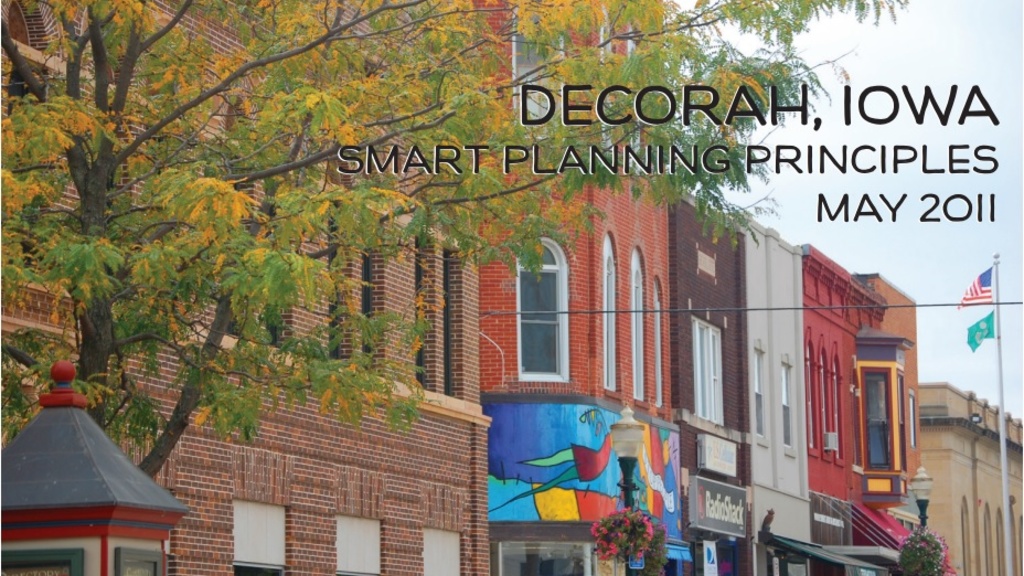
Decorah Iowa Smart Planning Principles
Graduate students in the School of Urban and Regional Planning worked with city officials in Decorah to assist in the preparation of a revised comprehensive plan that included Iowa's Smart Planning Principles, which were adopted in 2010 by the Iowa Legislature.
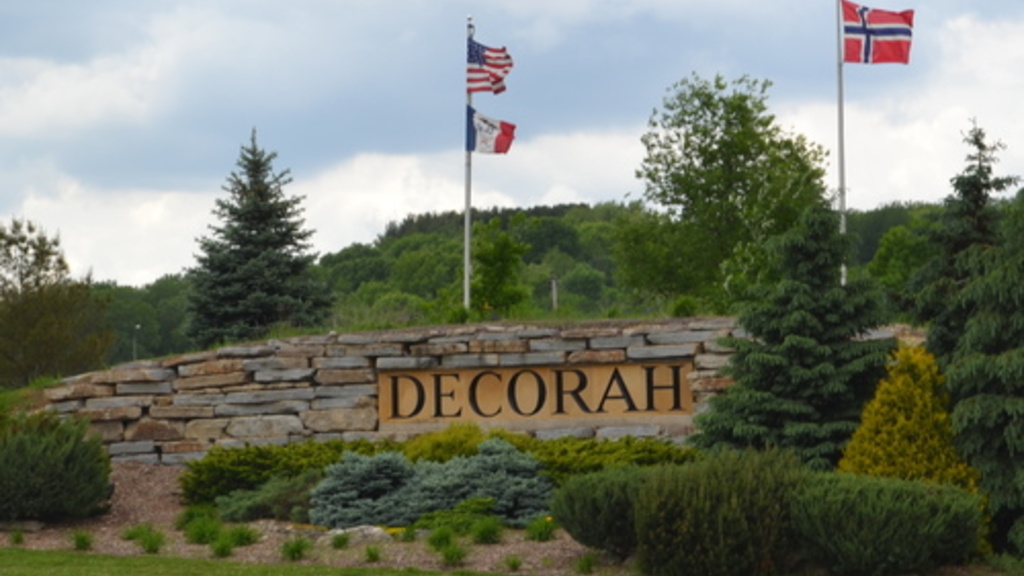
Decorah WE CAN Sustainability Plan
Graduate students in the School of Urban and Regional Planning worked closely with a citizens group in Decorah, We Can Decorah, to promote energy conservation and the use of environmentally friendly stormwater drainage techniques.
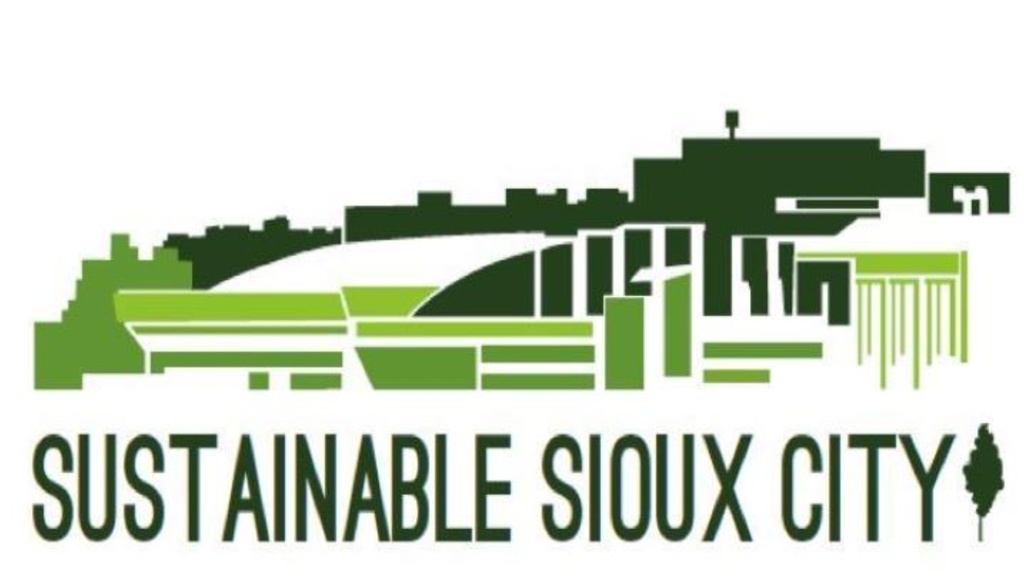
Sustainability Marketing Plan
Students in the Tippie College of Business Marketing Institute partnered with three Sioux City based community organizations that promote sustainability to better coordinate the organizations' activities and messaging to the Sioux City public.
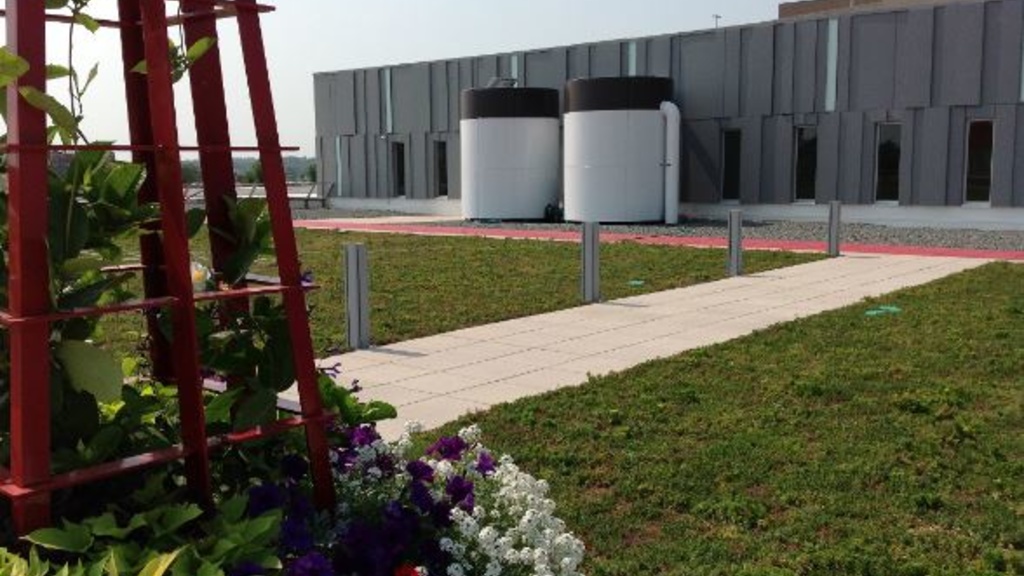
Evaluation and Development iGreenCR Program
The iGreenCR program was developed in late 2011 as a coordinated strategy to promote and brand Cedar Rapids’ sustainability efforts under one program rather than separate departmental initiatives. Students conducted research to evaluate community awareness and willingness to embrace sustainability, as well as their current level of awareness of iGreenCR.
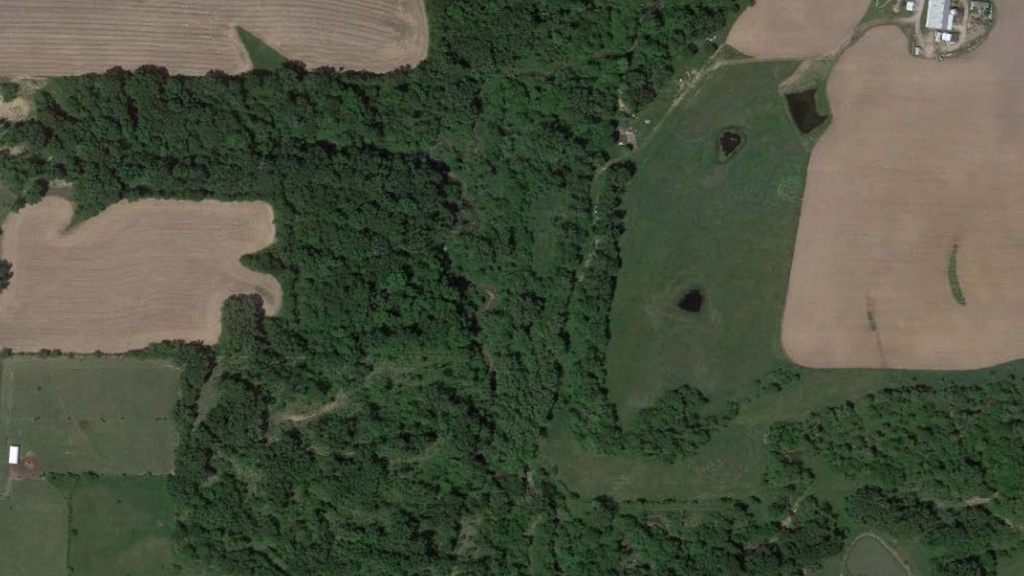
Muscatine Regional Water Detention Plan
As part of the Senior Design Capstone Course in the Department of Civil and Environmental Engineering, the students completed a regional hydrologic and hydraulic analysis of the watershed north of the City of Muscatine.
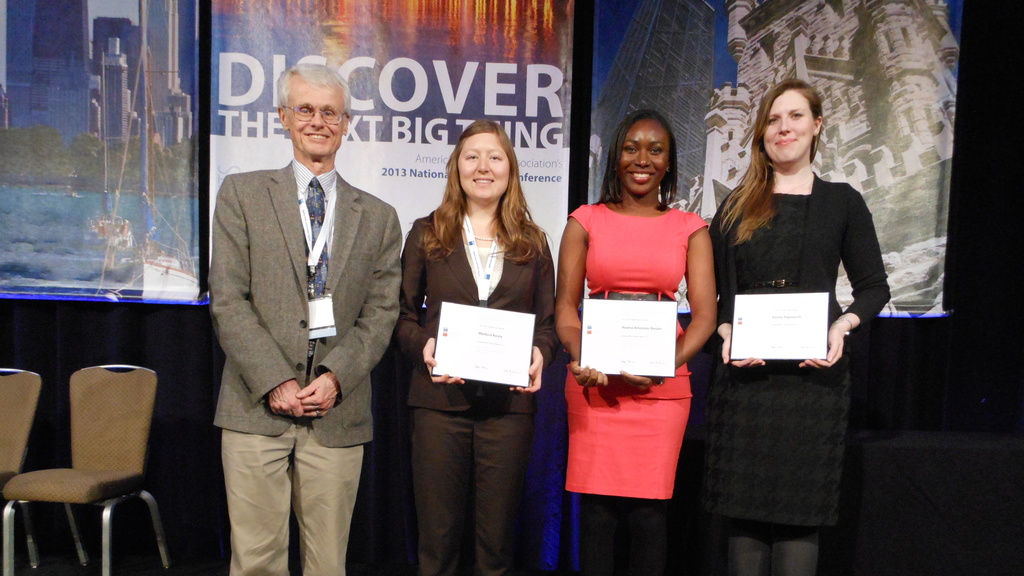
Dubuque County Sustainability Indicators
In 2011, Dubuque Regional Smart Planning Consortium was formed and tasked with developing a regional sustainability plan. Building on the 2011-12's Indicator and Indicator Measures for 11 Sustainability Principles for the City of Dubuque, students created measurements for the sustainability goals outlined in the Smart Plan on a regional scale.
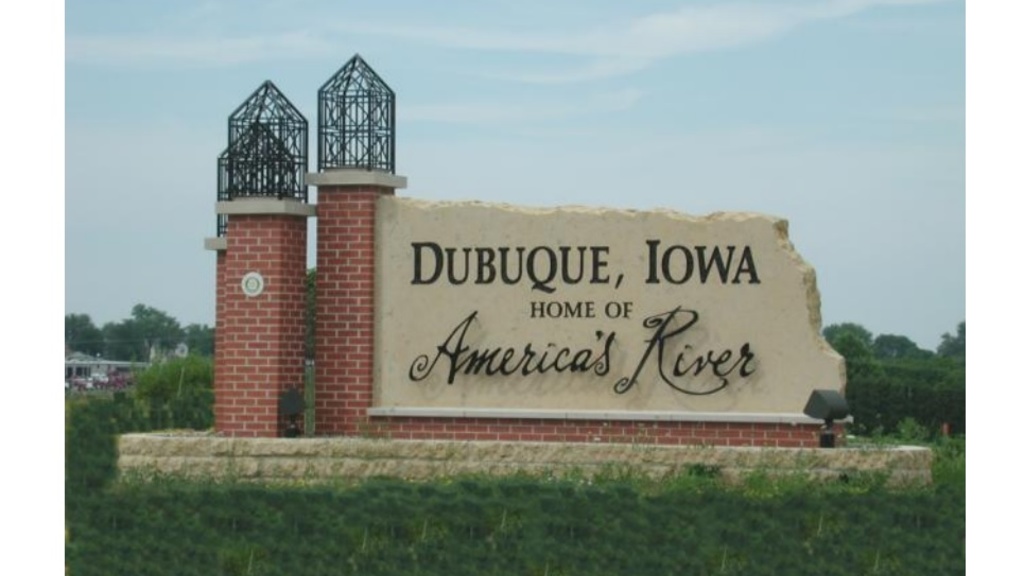
Indicator and Indicator Measurement for 11 Sustainability Principles
Students studied over 40 indicator systems and 1200 potential indicators, and narrowed it down to 60 indicators specifically for the City of Dubuque and its 11 principles through discussion with city staff, public engagement, and analysis of comparable cities. The students developed a score card for each indicator to be used by officials.
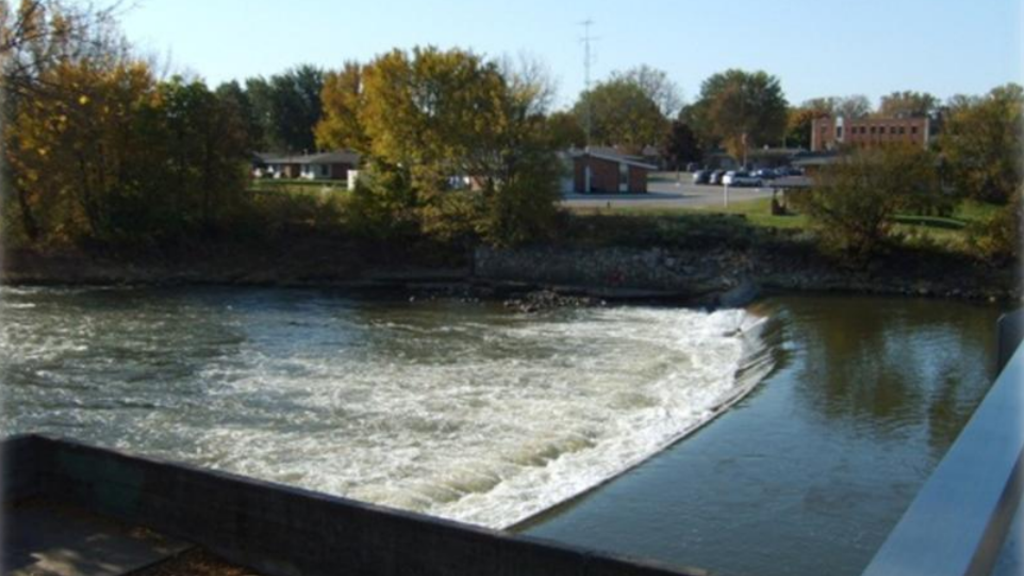
Charles City Waterfront and Credit Trading
Graduate students in the School of Urban and Regional Planning developed a market analysis for a kayak park on Cedar River and made recommendations for linking the new park to downtown. Students also drafted recommendations to enhance the quality of water in Cedar River through water quality credits trading.
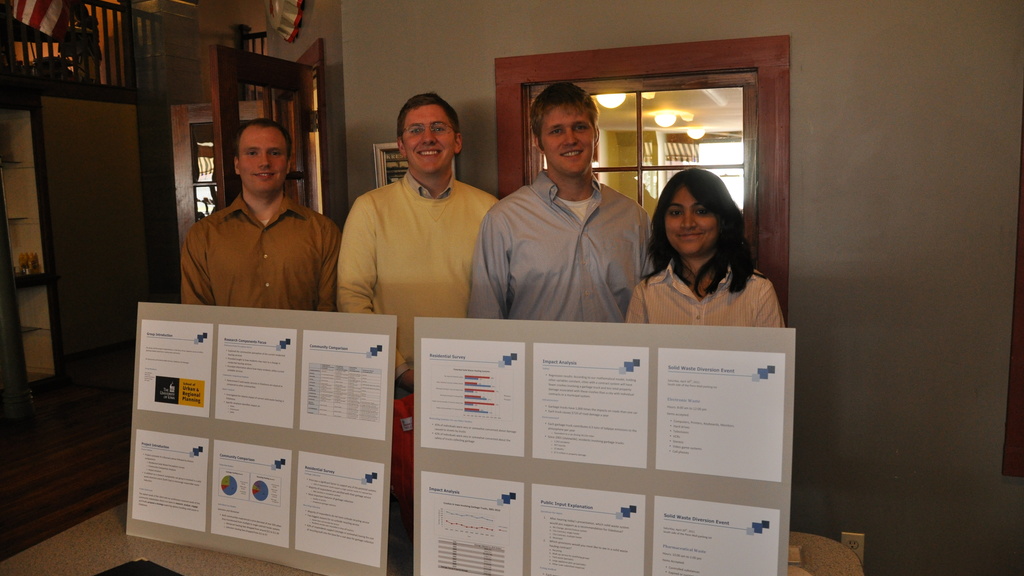
First Step Oskaloosa Solid Waste
Due to Oskaloosa's increase in population, city officials were interested in recommendations that supported growth in a sustainable way. Students evaluated the economic and environmental impacts of the City's waste hauling system and made recommendations for developing a more environmentally friendly and economically sound program.
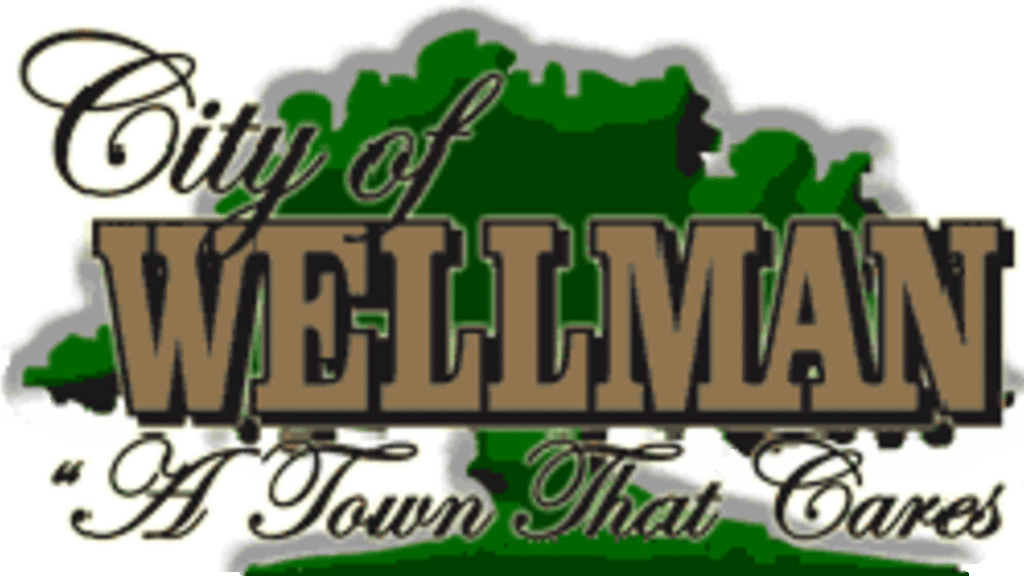
Wellman Sustainability Plan
Urban and Regional Planning students created The Wellman Sustainability Plan which centers on sustainability-oriented recommendations for the City of Wellman.
Recommendations were drafted based on surveys, public meetings, and discussions with local officials. The Plan was a ten-year road map that categorizes recommendations into seven topics: economic development, water, parks and recreations, transportation, energy efficiency, housing, and food.
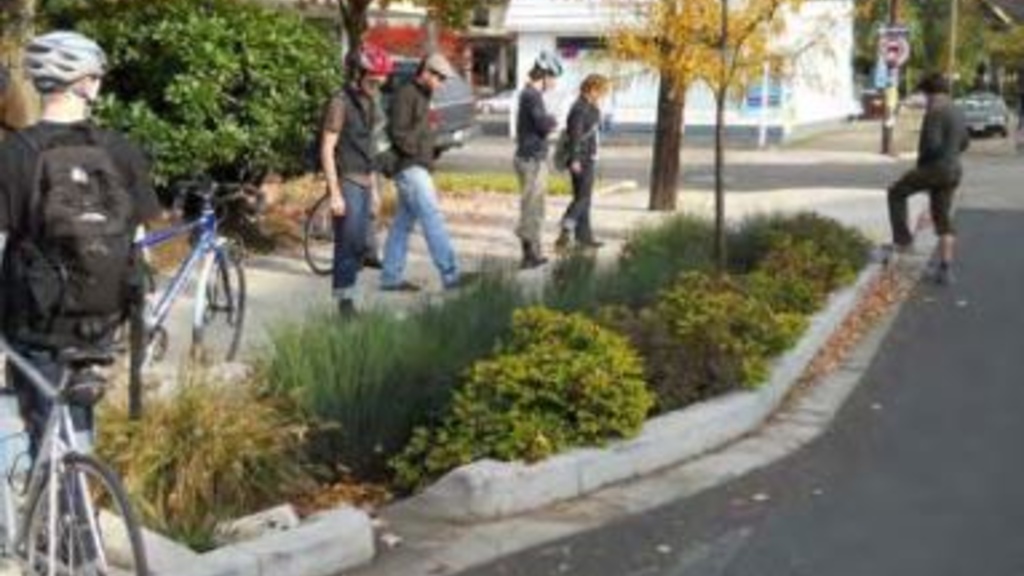
Stormwater Management with Permeable Pavement and Bioretention Structures
Engineering students researched the extent of impermeable surfaces in the east-west portion of North Dodge Street Court and developed a stormwater management plan for the city of Iowa City.
Iowa City was interested in the increased application of permeable pavement and bioretention within the city. These systems fell under the umbrella of “green street” designs, which address growing concern for sustainable stormwater management by mimicking local hydrology prior to development.
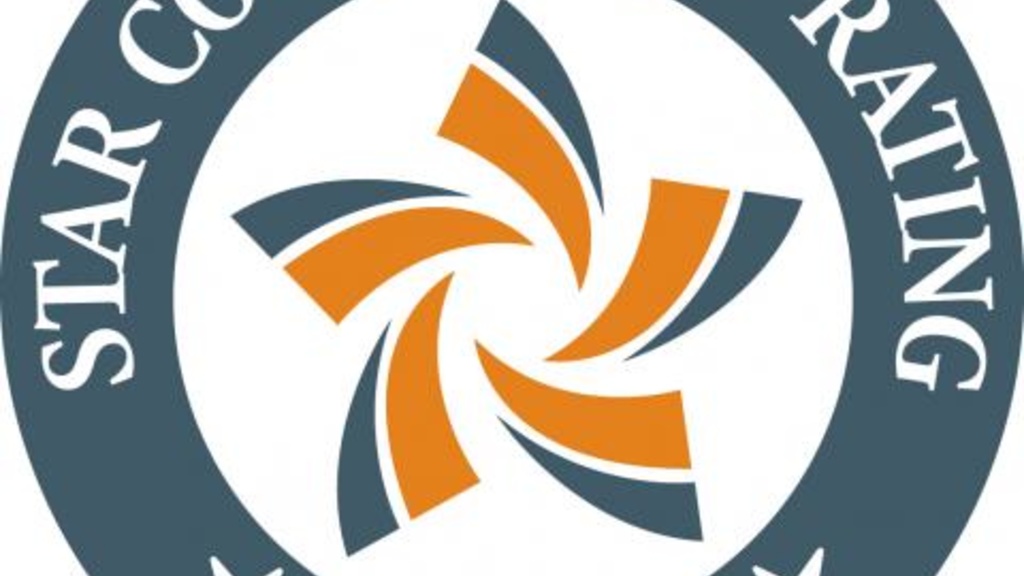
STAR Sustainability Assessment
Students in the Department of Geographical and Sustainability Sciences assisted the City of Iowa City with their Leadership STAR Community Program application by gathering information about City policies, practices and actions in the areas assessed by STAR.